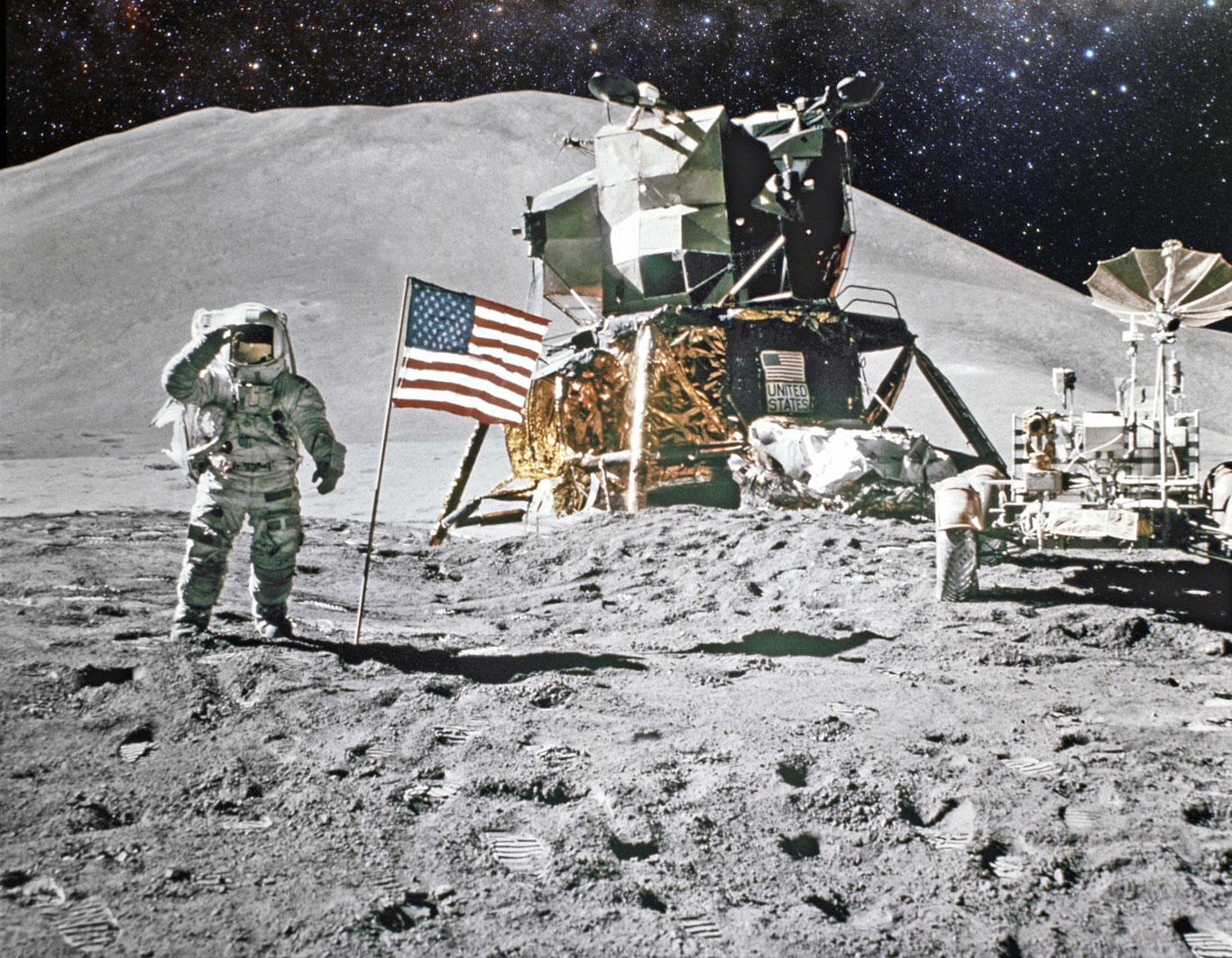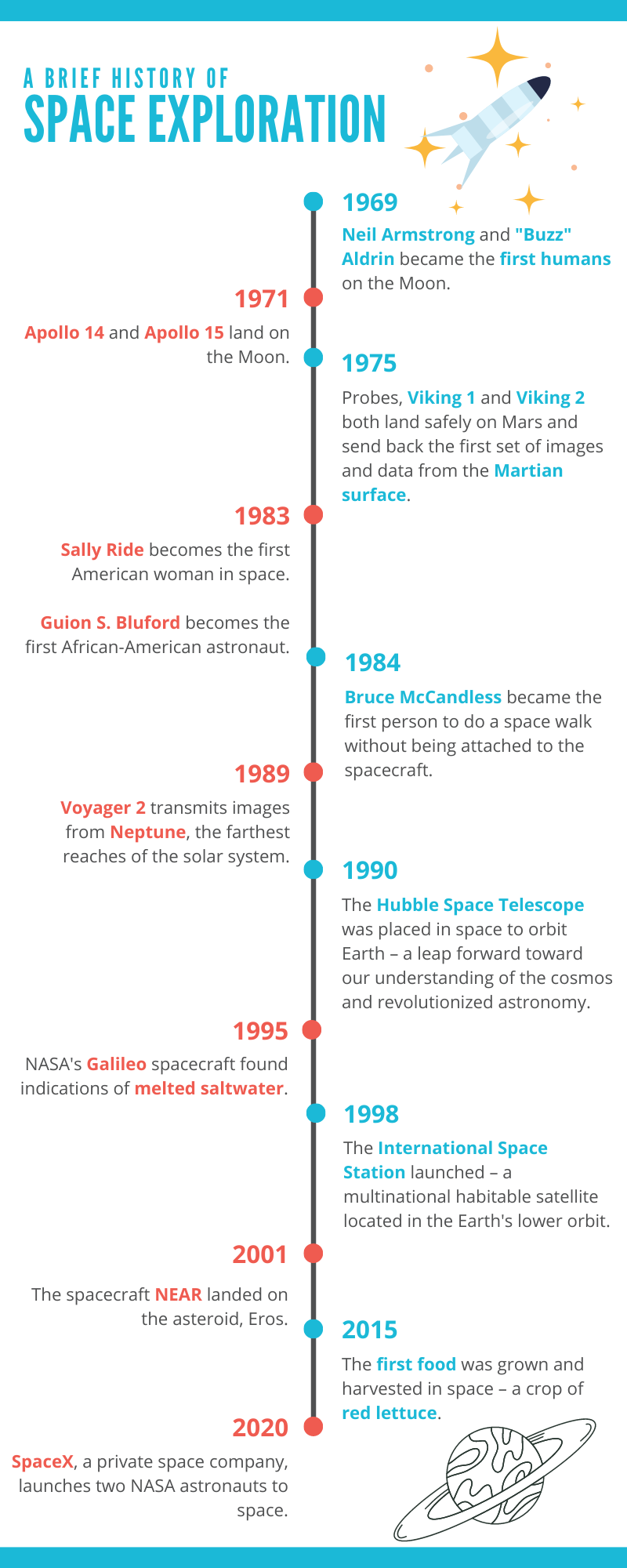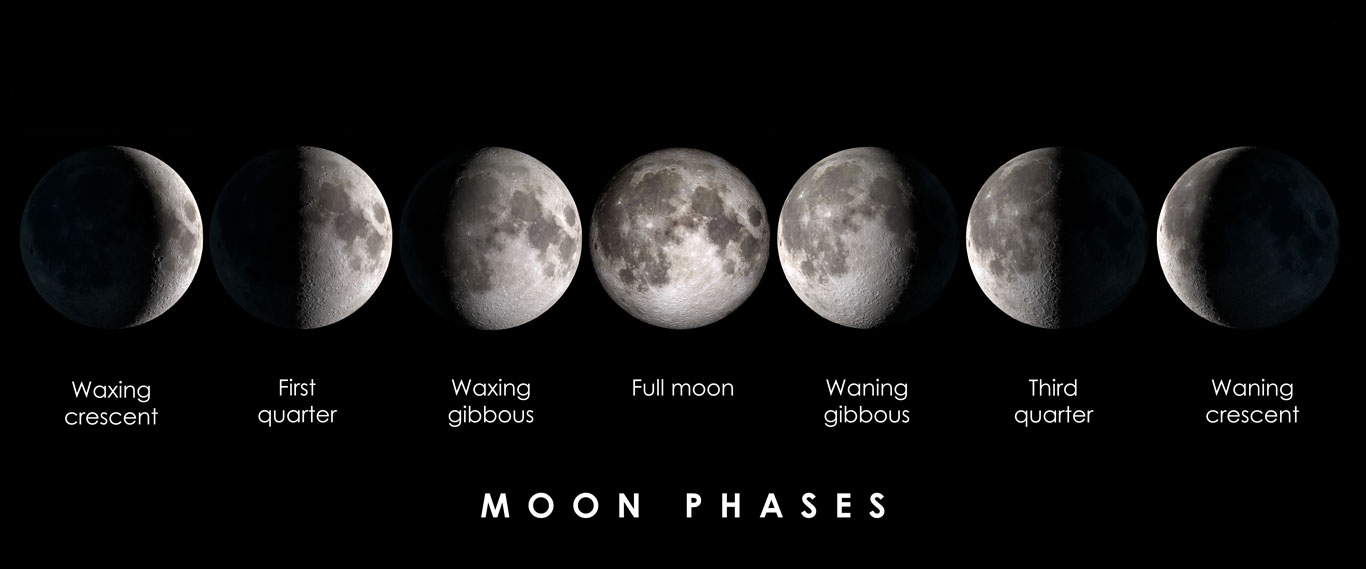Updated 6/3/24
On July 20, 1969, Apollo 11 carried the first humans to the Moon. And, six hours after landing on the Moon, the American astronaut Neil Armstrong took his first step onto the lunar surface.
National Moon Day is acknowledged on July 20 each year, but we believe it can be celebrated a whole lot more than that! Landing on the Moon is a celebration of “the single greatest technological achievement of all time,” as well as the growth of our space exploration and future missions.
Neil Armstrong’s quote when he first stepped on the Moon, “One small step for man, one giant leap for mankind,” has inspired others and continues to spark innovation for the generations to come. Our universe is HUGE and we have a lot to learn about space, but we believe our next generation has the skills and mind-set to keep making those small steps to create a bigger impact.
The Race to Space – History Overview
In 1961, President Kennedy had a goal to land a man on the Moon and return him back to Earth safely before the end of the decade. However, the United States was trailing behind the Soviet Union on space developments, and it soon became a race to the Moon.
During 1961, the Soviets were the first to launch a man into space and complete a full orbit around Earth. A year later, the United States launched John Glenn into space, and he became the first American to orbit Earth. Between 1963 and 1969, each side overcame huge challenges and even suffered tragedies, and the race to the Moon accelerated. But, finally, the United States was declared winner when the Apollo 11 crew landed on the Moon and Neil Armstrong took that first step onto lunar ground.

After the fight for the Moon landing, technology started to get more advanced and exploration went even further.

So, what’s next for space exploration? Space hotels, space vacations, or even humans on Mars? We might not know what the future holds, but we do know there is a whole lot to explore in space and we have just begun!
Out of This World Facts
We’ve all seen the Moon, whether it’s been glowing and full or in a perfect crescent shape, and no matter what, it’s an awesome sight to see. Plus, we get to see it (almost) every night! But what exactly is that bright, large object in the night sky?

The Moon is a rocky, cratered place that’s about a quarter of the size of Earth (825 miles thick to be exact). Without the Moon, Earth wouldn’t be a livable planet – it’s key in keeping our home planet’s wobble on its axis so we can have a stable and moderate climate while also creating a tidal rhythm that has guided humans for thousands of years.The tide is created by the Moon’s gravity, which pulls at Earth and causes the sea level to rise and fall. The Moon’s gravitational attraction is stronger on the side of the Earth that is closest, and it’s weaker on the opposite side. High tides and low tides occur as the Earth rotates and the Moon moves in its orbits, which predicts two high tides per day.
Our Moon’s “year” is about 27 Earth days, which is the time it takes to orbit around Earth. When the Moon orbits around Earth, it seems to creates different shapes – such as a full moon, crescents, or half moon – these are known as the Moon phases. The Moon itself doesn’t emit any light; it actually is lit up by the Sun! As the Moon orbits Earth, the phases change during the cycle. The start of a new orbit is known as the new moon. This is when we can’t see the Moon because it is between us and the Sun. But as the Moon continues to orbit, we can start to see more and more of the lit side until, finally, the Moon is on the opposite side of the Earth creating a full moon! You can see the different phases of the Moon in the following image!

The Moon is the only other place humans have stepped foot on, so luckily we’ve learned a whole lot about it! Here are some other cool facts about the Moon:
- The Moon has a very thin atmosphere called an exosphere.
- The Moon is about 238,900 miles away from the Earth. Don’t use the phrase “love you to the Moon and back” lightly 😉!
- The Moon temperature ranges from -387 degrees Fahrenheit when the Sun goes down to 254 degrees Fahrenheit when the Sun hits its surface.
- The Moon is slowly moving away from Earth at about 3.8 cm every year.
- There is a three-mile-tall mountain on the Moon called Mons Huygens, which is about half the height of Mount Everest.
- The Moon weighs 161,988,463,175,810,240 pounds!
Calling All Space Cadets
Put on your astronaut suit and launch your own mission! There’s so much STEM that can be found in outer space – just shoot for the stars and start learning!
Explore the universe of science, technology, engineering, and math with these activities:
- Create the eight Moon phases with Oreo cookies!
- Learn how to Land a Spacecraft on Target!
- Create a model of 3-D lunar crater and how to draw the Moon!
- Create and launch your own rockets!
Find more fun STEM learning activities and resources at NASA.gov!
We can‘t wait to hear what you learn, build, or create! We would be over the Moon if you comment below or share this with a friend!
MORE RESOURCES:
- Vivify STEM Mission to Moon Curriculum
- Vivify STEM Mission to Moon Materials Package
- Mission to Moon Activities
- Mission to Moon Standards Alignment


